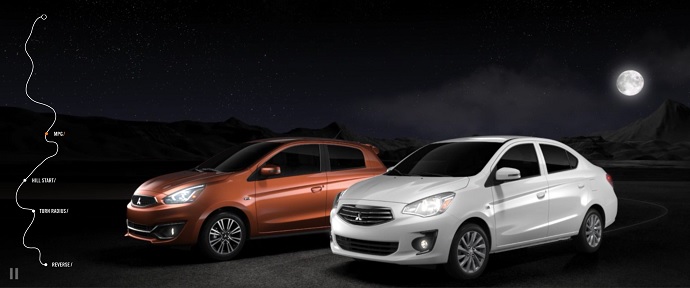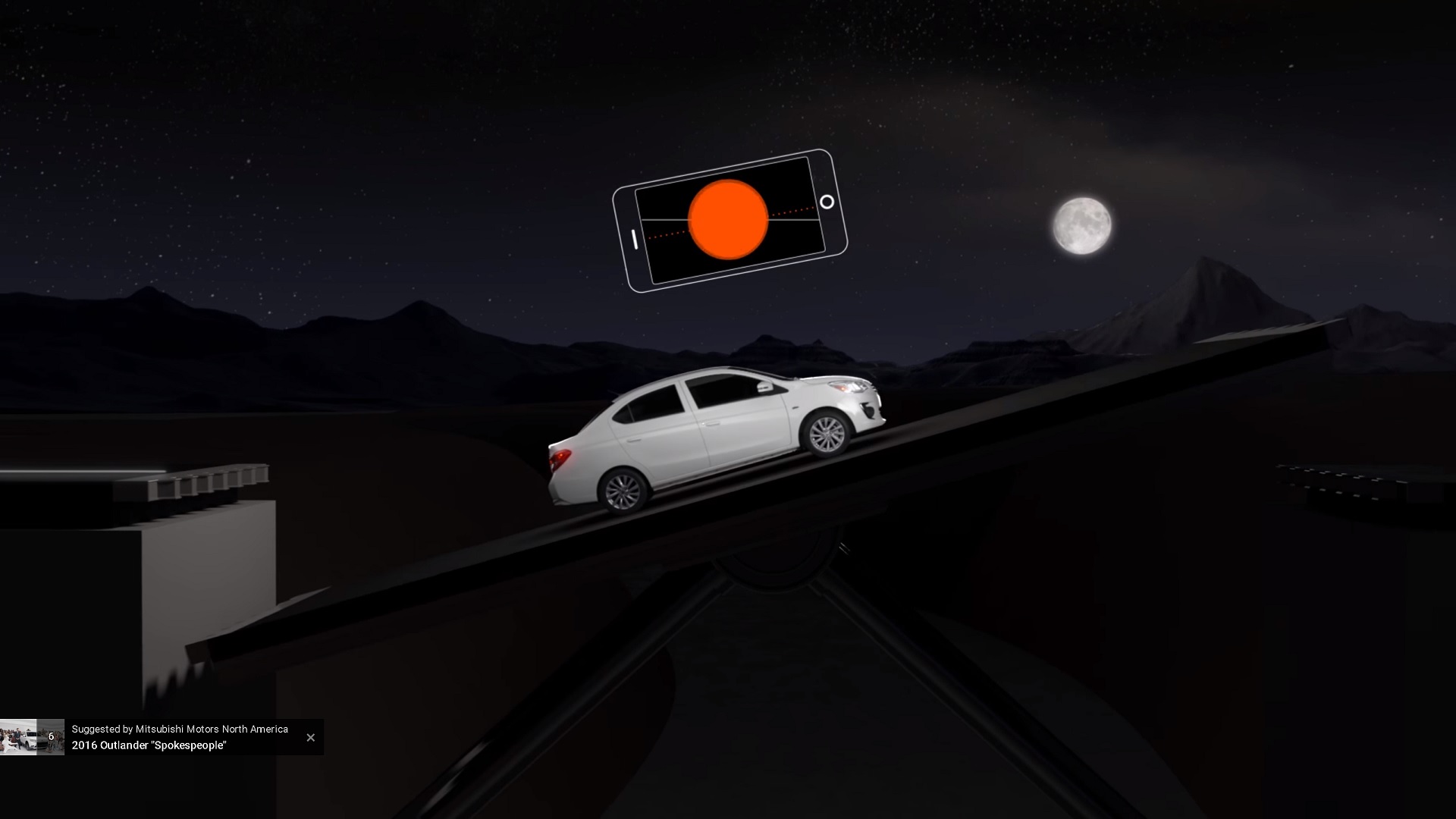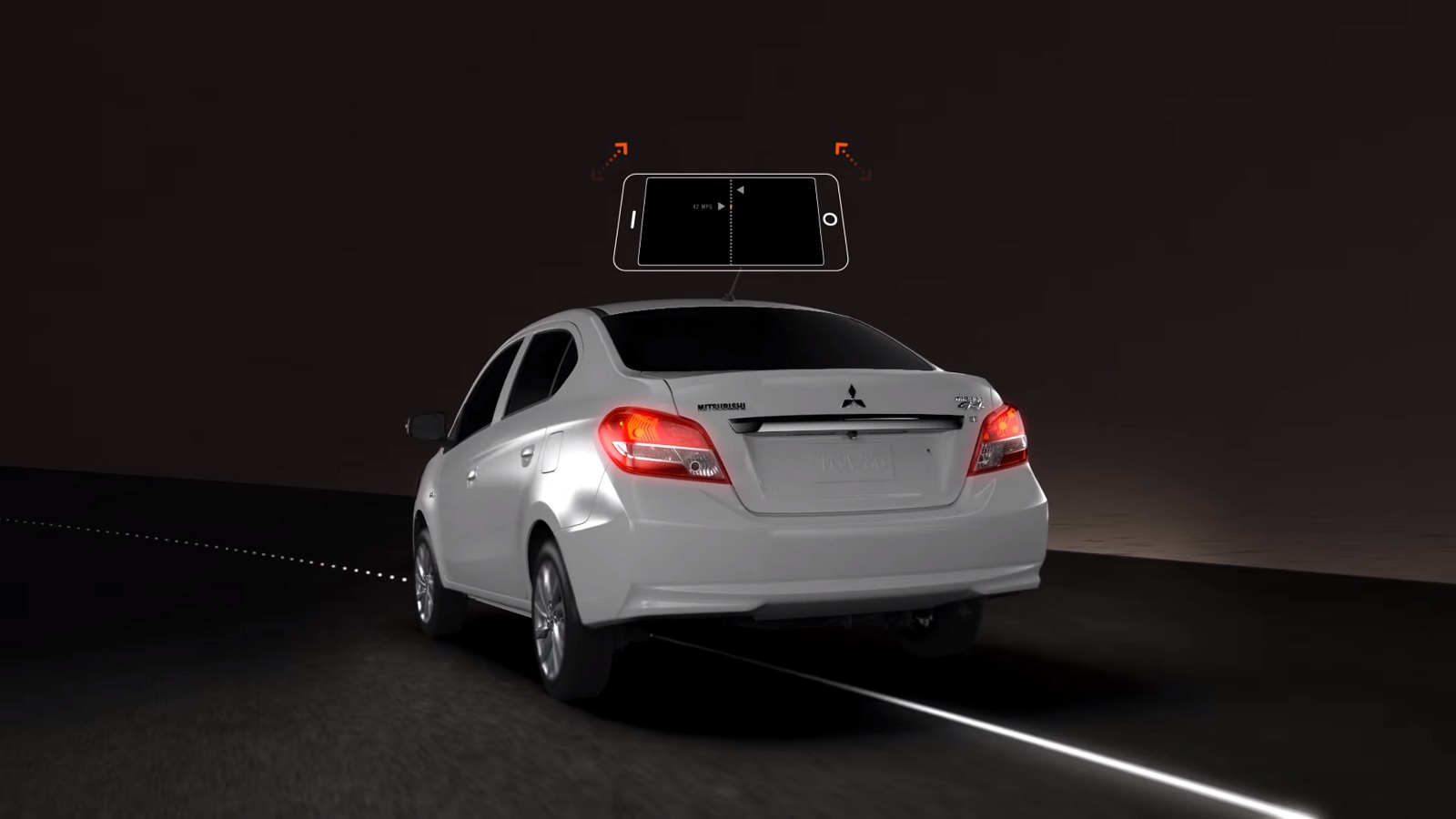Mitsubishi’s Night Drive campaign for the 2017 Mirage G4 is not the inaugural use of virtual reality by a car company; many companies have already shown that it is an excellent tool to get customers into the dealership. However, Night Drive’s use of the viewer’s smartphone and computer to steer the Mirage G4 down a nocturnal course is unique. Its technologically advanced form is meant to target younger audiences of new drivers with smaller wallets.

In the advertisement, potential buyers are led through a course that highlights the selling features of the car, including a rear-view camera, fuel efficiency, a small turning radius, and braking that does not allow a stopped car to roll backwards down a hill. By introducing the car using virtual reality, Mitsubishi hopes to also highlight that the 2017 Mirage G4 has Apple CarPlay and Android Auto, making it “the first car in [its] price class to offer that connectivity.”

The midnight driving course is meant to make the car seem luxurious. The sleek lines, nice finishes, and somber colors reaffirm Mitsubishi’s target audience of young people looking for quality without compromising budget. At the end of the interactive film, drivers are encouraged to share their experience on social media, reinforcing the connectivity of the car and the targeted consumers. Mitsubishi accomplishes its two main goals of, one, encouraging more people to come to the dealership for a test drive, and, two, establishing a luxury line for younger drivers.
Even though the experience is mainly virtual, using a smartphone to steer, brake, and accelerate maintains a tactile connection between the consumer and the car. The campaign may not be able to recreate the exhilaration of wind rushing through an open window or the trembling of bass pulsing through the seats, but it does allow the consumer to imagine themselves owning the product. That is, unless the program keeps stopping to buffer–cutting the elegant voice of the narrator short and ruining the reality part of the virtual reality experience– as it often did.
Credits:
